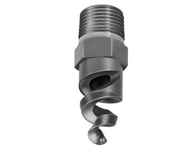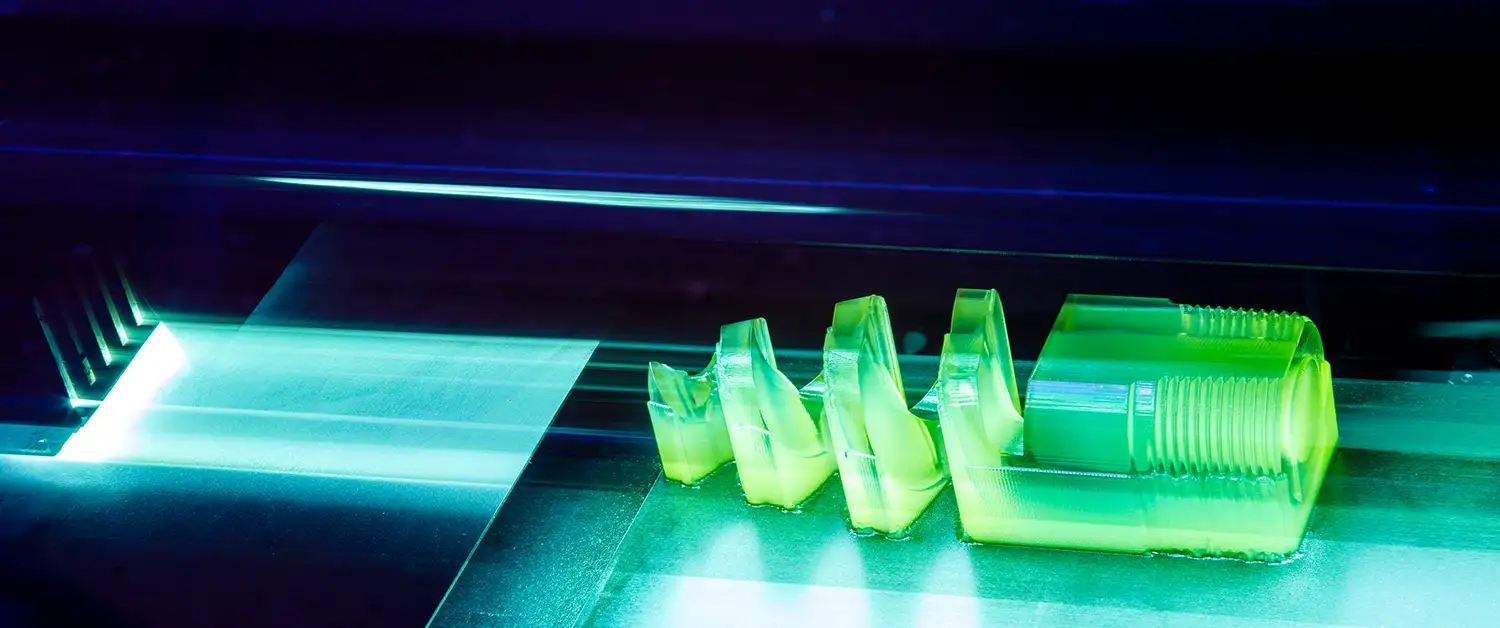As fluid dynamics and precision equipment professionals, we are mesmerized by the pure elegance of clever ideas. One unsung hero has continually caught my attention among the numerous parts that fuel our industrial processes: the spiral nozzle. In a world where dependability and efficiency are paramount, spiral nozzles stand out as unstoppable champions in the fight against clogs. For a deeper understanding of why these understated spiralling wonders deserve to wear the title of clog resistance, let's delve into the complex world of fluid dynamics and engineering.
Imagine an industrial setting with a complex web of pipes and nozzles allowing liquids to flow continuously. These conduits, which serve as the foundation of production and several operations, must maintain ideal flow rates to guarantee constant product quality and throughput. Any engineer who has dealt with clogs, however, is aware of the damage they can cause; production losses, maintenance expenses, and downtime are just the beginning. The spiral nozzle emerges as the unsung hero in this situation.
 The magic lies in the geometry – a helical arrangement of vanes within the nozzle. This seemingly simple modification transforms the spiral nozzle into a clog-resistant juggernaut. How, you ask? Let's unravel the science.
The magic lies in the geometry – a helical arrangement of vanes within the nozzle. This seemingly simple modification transforms the spiral nozzle into a clog-resistant juggernaut. How, you ask? Let's unravel the science.
Traditional nozzles have a smooth, straight bore that leaves little possibility for flow path variations. These inconsistencies frequently result in sediment accumulation, which creates jams that reduce output. On the other hand, spiral nozzles cleverly include angular momentum in the equation. Controlled fluctuations in the liquid's velocity and direction occur as it passes through the helical vanes. Although it may seem contradictory, this regulated turbulence is essential for preventing particles from settling and causing blockages.
Imagine a river with a gentle current versus one with small, strategic rapids. The latter keeps the water fresh, preventing stagnation and debris accumulation. Similarly, the spiral nozzle's design ensures that particles are unable to settle, effectively thwarting the formation of clogs. It's fluid dynamics at its – turning controlled chaos into unparalleled efficiency.
Traditional nozzles frequently need routine mechanical repairs or manual cleaning in order to remain operational. However, spiral nozzles frequently rely solely on their design to flush out any potentially clog-causing debris. The architecture itself drives undesired particles out of the system while introducing regulated turbulence, ensuring consistent performance without requiring constant attention.
Spiral nozzles not only resist clogs but also provide great adaptability. They are vital in applications ranging from industrial cleaning and cooling to chemical processing and fire suppression because of their distinctive design, which enables precise control over the spray pattern. Spiral nozzles are the preferred option for sectors that demand maximum performance because of their versatility and inherent clog resistance.
Spiral nozzles stand out as a shining example of innovation at a time when efficiency is not only a preference but a necessity. The spiral nozzle is an excellent example of how engineers reconcile complexity with simplicity. Its helical vanes may seem like a modest change, but they serve as a reminder of how even small changes may have a big impact.
The next time you admire the effective cooling of cutting-edge equipment or the smooth operation of an industrial process, keep in mind that a spiral nozzle may be actively preventing clogs and ensuring that the wheels of the industry continue to move behind the scenes. As engineers, we honour not just the impressive engineering achievements but also the subtle yet revolutionary solutions that enable them all.


